Ferns are flowerless plants that are notable for their ability to reproduce through their spores. Many people refer to them as container plants because they do well in adding some beauty to decors even without the flowers.
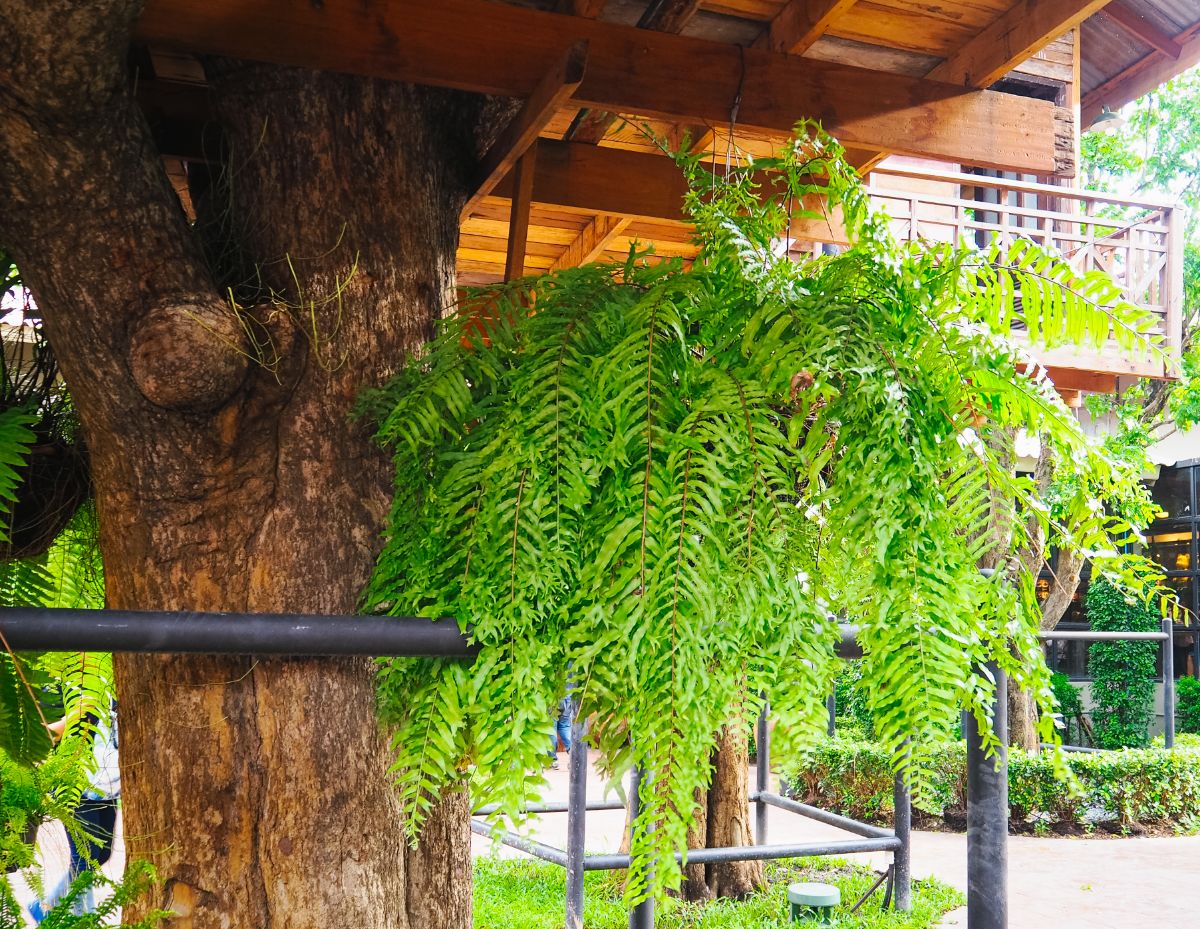
Ferns have different varieties that allow anybody to plant indoors or outdoors. However, the rule of thumb for ferns is to keep them thoroughly watered and grace your garden with mind-blowing foliage.
These flowering plants do so well growing that they have this uncanny way of outgrowing their usual container, hence the need to divide it. Dividing the ferns makes way for healthy growth. But things could go south if you separate them the wrong way. So, it is fair to learn how you can divide ferns.
Our guide explains the best way to divide ferns and why you should do it.
Jump to:
- Notable Facts About Ferns
- Best Way To Divide Ferns And Why You Should Do It
- Prep To Uproot Your Fern’s Root Structure
- 1. Water the fern for 2 to 3 days before digging it
- 2. For the outdoor fern, dig with a shovel
- 3. For an indoor fern, get out of its pot
- 4. Rinse the soil off the roots gently with a hose and or under a faucet
- 5. Know the type of root before determining how to cut your fern
- 6. Replant the new divisions in their pots
- 7. Water your new divided ferns
- Further tips
- Conclusion
Notable Facts About Ferns
A fern is a shady plant from the vascular plant group. The murky atmosphere provides enough moisture that keeps the plants healthy, and their growth is always mind-blowing.
Ferns are one of the oldest plants on earth. And ever since then, there has been an increase in the varieties of ferns. There are over 10,000 species of polypodiopsida- a fern-like plant.
Most plants are identical because it is difficult to differentiate one from the other, even when some seem smaller and others more significant. Little wonder they are commonly called ferns.
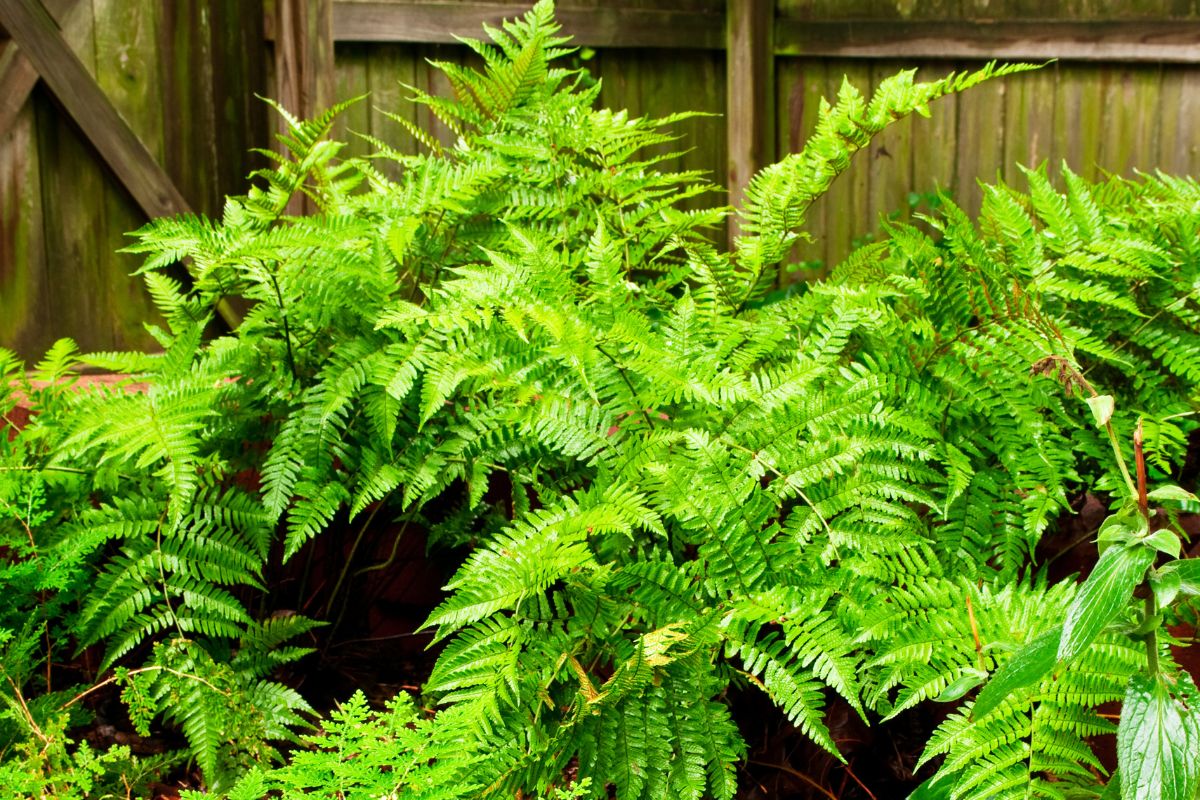
Ferns do not have seeds or flowers, yet their level of growth is always excellent, and they make such great houseplants. So, whether you are ready to house them in your home or simply plant them outside, you will reap all the benefits.
Ferns are packed with some health benefits. No wonder many countries use it to prepare some of their dishes. So many Asian countries like Japan, Korea, and the Chinese incorporate it into their dishes.
The indigenous people of Hawaii use ferns in their cuisine too. More so, some ferns have sturdy trunks, which many people use as a building material.
In the end, ferns are great plants; however, for successful growth, you would need to divide it every 3 to 5 years, but everything could go wrong without a thorough guide.
Are you ready to learn the best way to divide ferns and why you should do it? Let’s start already.
Best Way To Divide Ferns And Why You Should Do It
First off, when is the best time to divide ferns? The best time to separate the ferns would solely depend on the type of fern.
The best time to divide indoor ferns is in the spring. However, for outdoor ferns, you need to split in the fall. So, depending on the situation, when it is spring or fall, and you are ready to divide your ferns, follow this step-by-step guide:
Prep To Uproot Your Fern’s Root Structure
Before dividing your ferns, prepare your ferns for the act, or else your fern will suffer from plant shock. So, here are a few things to do when preparing to uproot your fern’s root structure.
1. Water the fern for 2 to 3 days before digging it
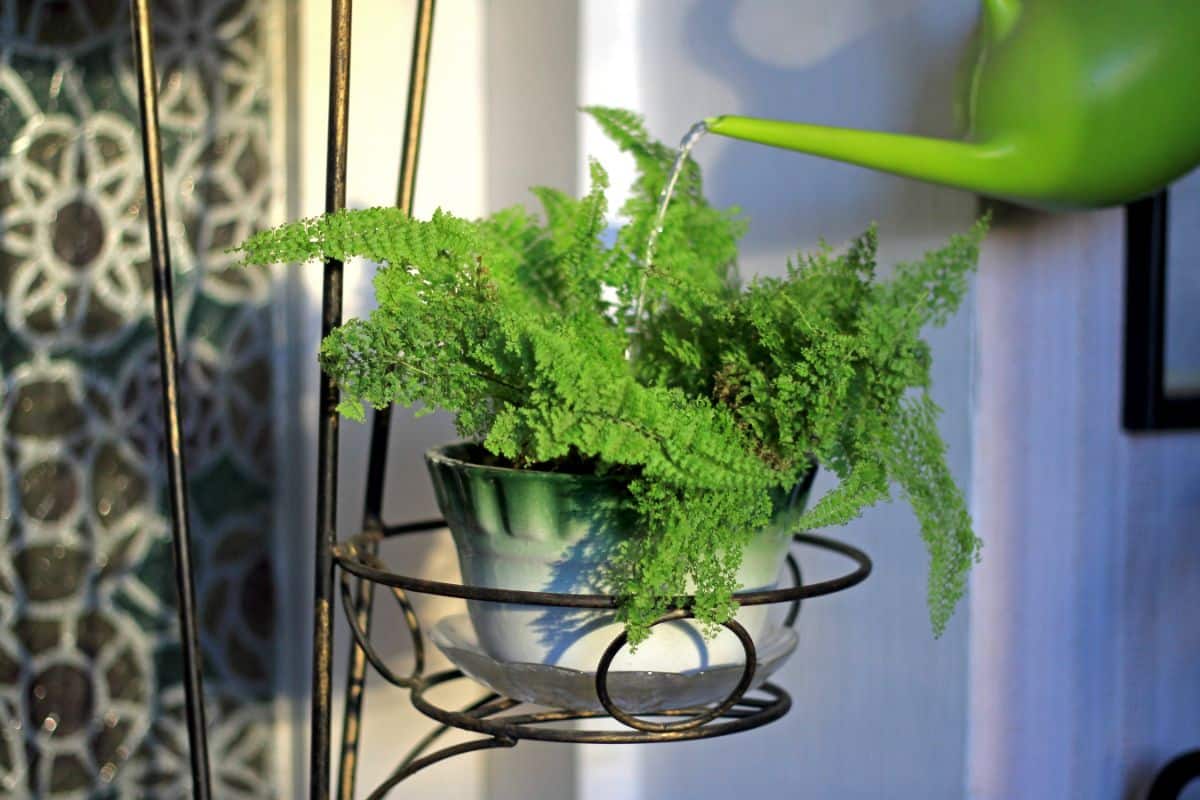
Remember that ferns are shade plants and would need moisture to keep them strong and healthy. So ensure that your ferns are moist enough. Do you know why?
Once you dig up the fern from the soil, it weakens the ability to absorb moisture, which can last for about one week or two after you are done dividing it. If you fail to water your ferns, it will weaken the roots.
So, water your fern generously before digging it up.
2. For the outdoor fern, dig with a shovel
Ensure you are about two inches away from the fern stems, and then continue to push in the shovel and ground the fern until you are sure you don't have to force the root out of the soil.
3. For an indoor fern, get out of its pot

Getting a fern out of the pot might seem more difficult. But it can be easy. Try getting the fern out of the pot manually, and if it seems complicated, try hitting the pot on the wall to make it loose.
If this seems too rough, you can get a knife and gently dig at the corner of the pot, round the pot till the soil is loose, and then get the fern out.
4. Rinse the soil off the roots gently with a hose and or under a faucet
You should rinse the root of the ferns to get all the soil off the roots. You cannot divide the plant with the dirt still clustered around it.
So you must wash the roots under running water to ensure you do not leave too much soil still in them.
5. Know the type of root before determining how to cut your fern
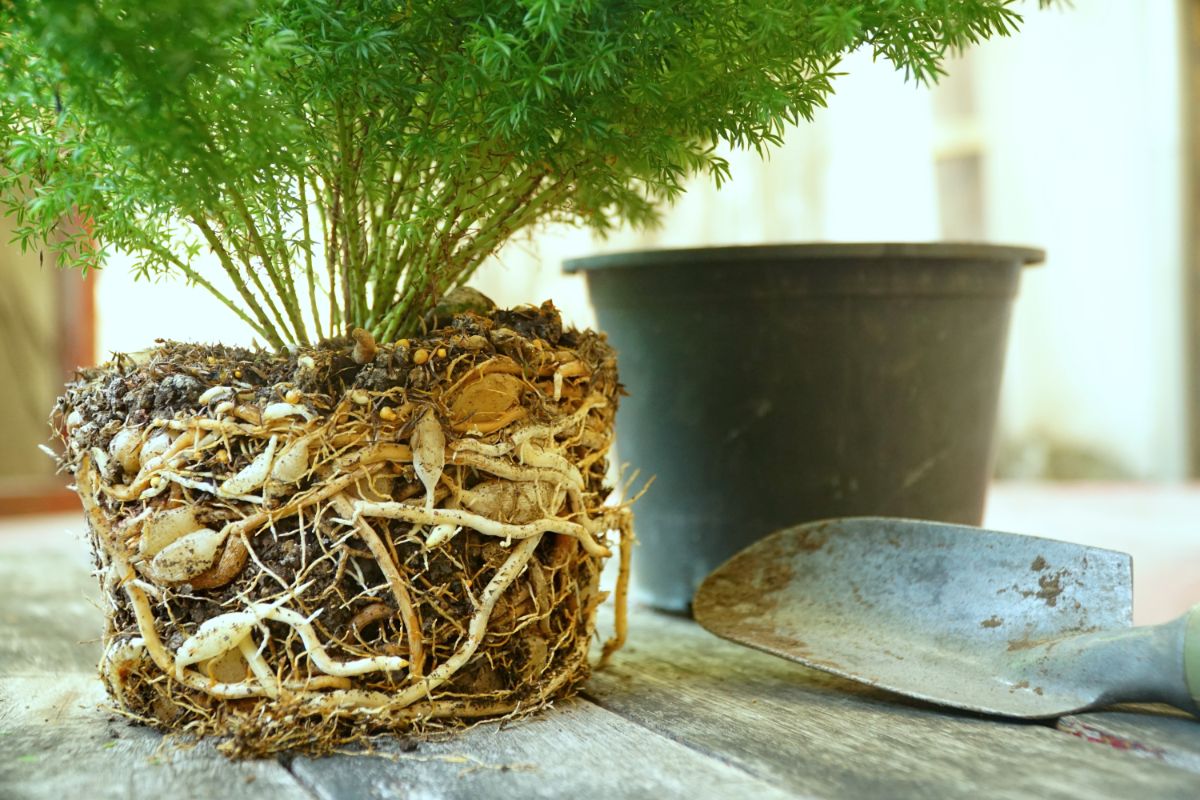
The types of roots are rhizomatous roots, clumping roots, and spreading roots. And you will not attend to these different roots the same way.
For rhizomatous roots: originally, rhizomatous roots are thick and fleshy. The ferns that mostly have rhizomatous roots are ostrich ferns.
Cut the rhizomes apart to divide this type of root the right way. Ensure that each division has at least one rhizome. Make sure the rhizome roots have several healthy leaves as you divide them.
For clumping forming roots: Clumping forming roots possess a mass of fine fibrous roots from the center of the fern. The roots are clumped; that's why they are called clumping roots.
To divide the clumping root system, start by cutting the roots into different sections. Two sections, most preferably.
So get a sharp knife, position the blade between the leaves over the thick, fleshy roots, and then nuzzle the knife through the roots.
In dividing the ferns, ensure that each section has where the root starts and then several healthy leaves.
For spreading roots: spreading roots is similar to a clumping root system. However, the roots start from all over the entire underside of the fern. The fern commonly known to have spreading roots is sword fern.
Using your fingers to separate the root system to divide the spreading roots. The root seems tender and will not need all the strength when dividing it, so you should use your fingers.
Ensure that each section has its leaves with roots so healthy. Doing this will crown your efforts with graceful growth.
After dividing the roots with your fingers and you still have some tangled roots, use sharp scissors to separate the roots.
6. Replant the new divisions in their pots
Now that you are done separating your roots, it is time to replant your ferns. But before you begin, try removing every damaged or rhizome infected by the disease.
You don't want your new rhizomes to have any kind of limitation in their growth. Try to trim off every rhizome that will become a threat to your plant shortly.
If you are unsure which rhizomes to get rid of, here is what you should do. Look out for rhizomes that are unhealthy. They would have this dark and mushy appearance.
7. Water your new divided ferns
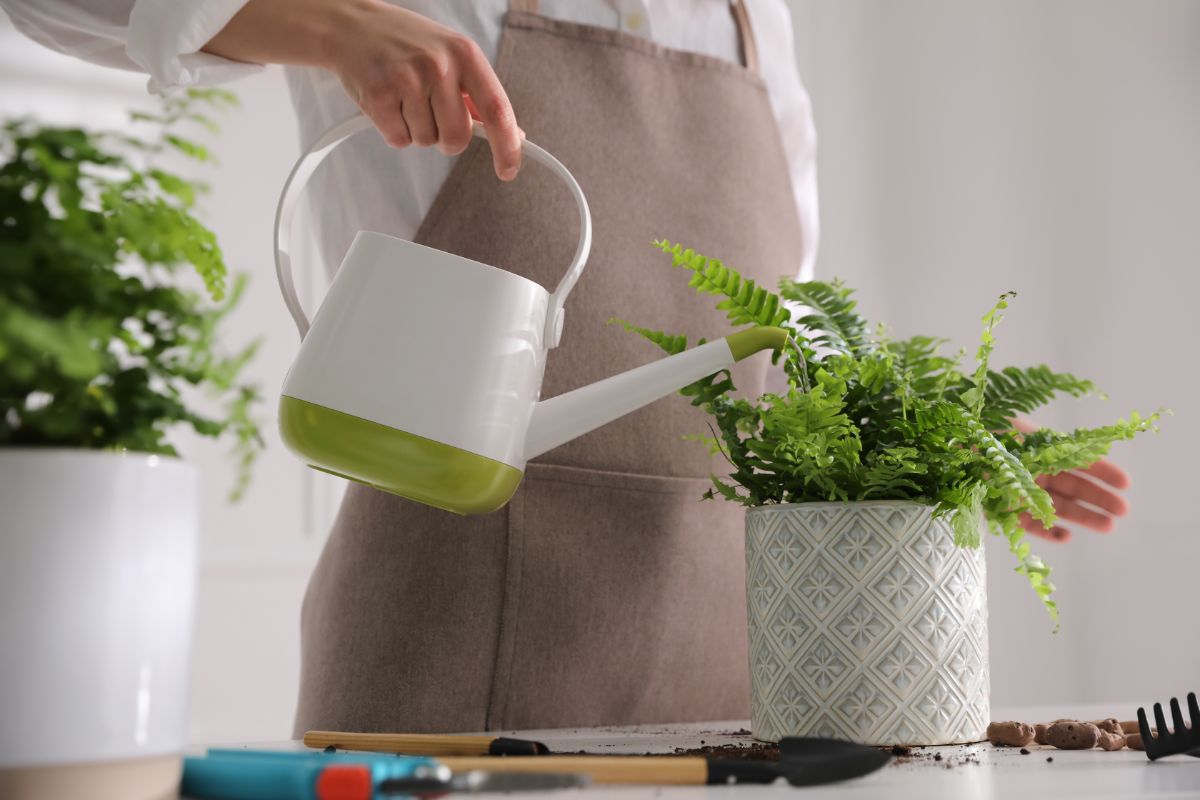
The best way to maintain a healthy posture for your ferns is to water the divided ferns generously. So, after replanting your new ferns, water the soil.
Remember, you dug up the ferns, which have lacked moisture for some time. So, feed the soil more water to fully prepare the ferns for replanting.
Once you sense that the top of the pot is drying, water it again to avoid soil dryness.
For best results, water the new divisions every morning for one month. It would take some time for the ferns to recover, so be patient with it.
Note: Avoid over-watering your ferns, as this would lead to root rot. More so when the leaves of the ferns drop, fret not because that is the sign that they are getting enough water.
Further tips
- Always give your ferns the amount of sun and water they need for their growth.
- Since you just replanted your ferns, develop the culture of constantly revisiting it for at least six weeks.
- Insects and diseases will slow or affect the growth of your newly divided ferns. Look out for pests that feast on ferns; scales, mealy bugs, fern mites, aphids, and caterpillars are notable insects that infest ferns. So be careful not to allow room for insect infestation.
Conclusion

Knowing the best way to divide ferns does not take a lot. It only takes a bit of caution and a simple guide for you to divide your ferns the right way.
And in our guide, we discussed the best way to divide your ferns and why you should do it. If you have your ferns outgrow the pot and you do not split the ferns for replanting, then the ferns will not grow properly.
Remember, dividing the ferns every 3 to 5 years is essential. However, always check the type of fern and the pot you use to plant your ferns. If the ferns outgrow the pots before 3 to 5 years, then divide the ferns.
We hope you achieve a significant result with our guide today!




